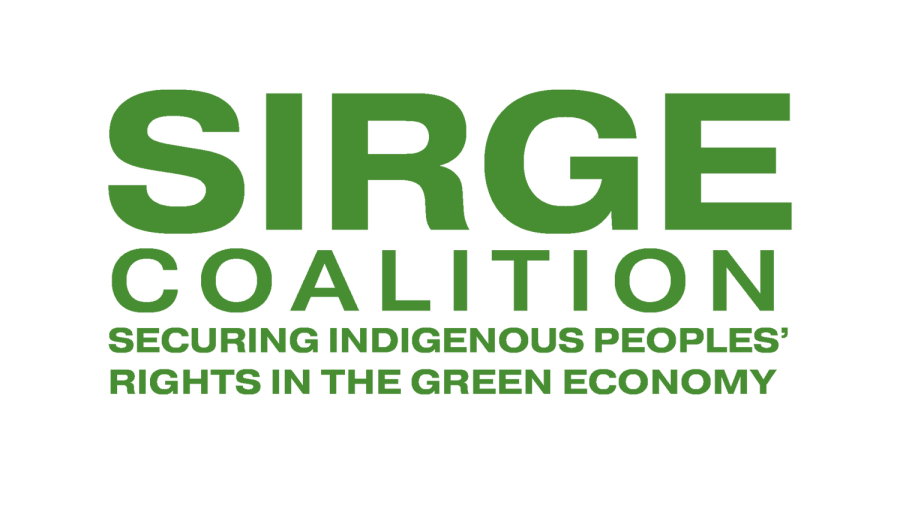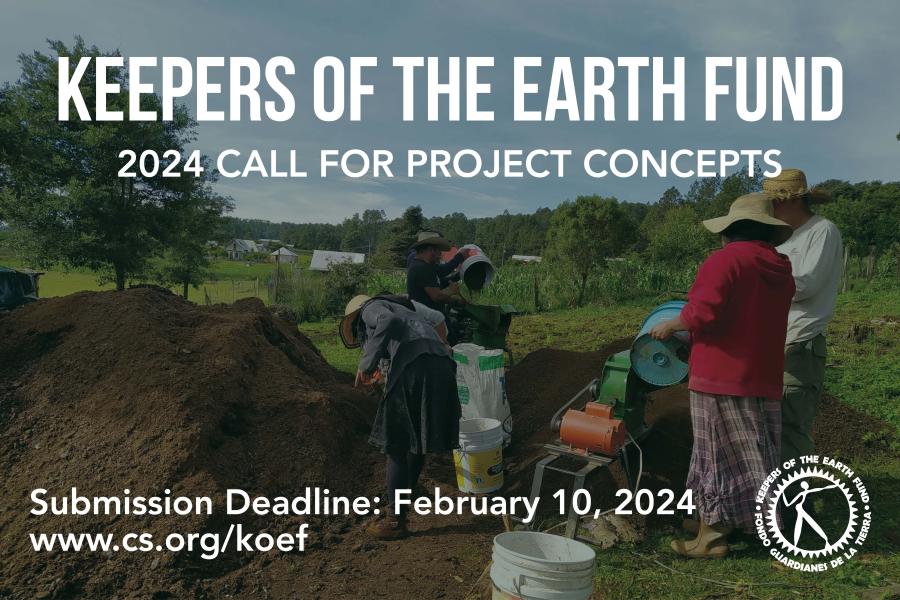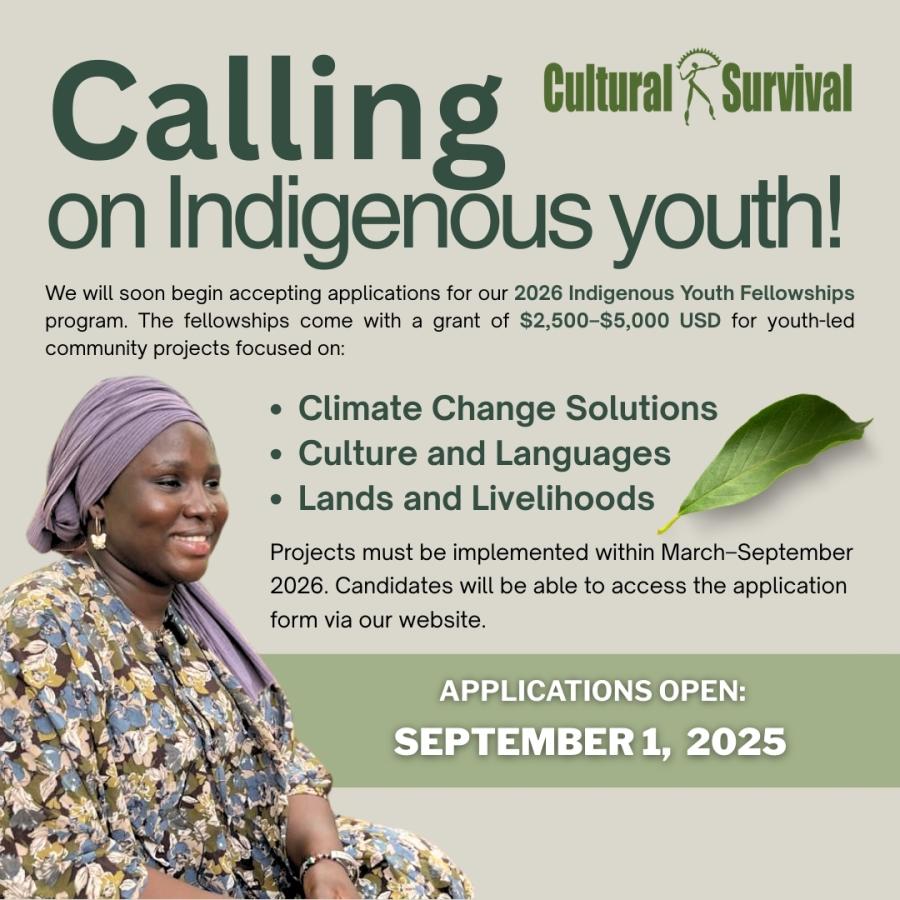
By Evan Klasky
Amnesty International’s 2017/2018 report on The State of the World’s Human Rights, released on February 22, 2018, outlines major issues facing Indigenous Peoples, including violence, land conflicts, insufficient health care, legal abuse, repression of freedoms, and criminalization.
Amnesty reports that violence against Indigenous Peoples in the Americas was “widespread,” citing armed conflict and anti-personnel mine use in Colombia, police brutality and intimidation in Argentina, attacks over land disputes in Brazil, murders of Indigenous human rights defenders in Mexico, and persisting impunity for violent crimes against Indigenous people in Nicaragua. The report discusses police neglect and brutality against Indigenous people in Bangladesh, abuse of incarcerated Indigenous people in Australia, and an attack on an Indigenous community leader in Kenya.
Land conflicts continue to pose a threat to Indigenous communities, with the right to Free, Prior and Informed Consent being reportedly violated, restricted, or weakened in 11 countries.
The report also describes 12 countries in which land disputes were directly connected to industrial and development projects, including mining and logging activities, oil extraction, pipeline construction, agri-industrial use, and hydropower dam construction.
The contamination of water sources in Peru and Canada is addressed in the report. While in Peru, “the government failed to undertake necessary actions to provide [the Cuninico and Espinar communities] with specialized medical attention or access to clean and safe water,” the Ontario government “agreed to fund the cleanup of a river system contaminated with mercury.” The Canadian federal government also “agreed to provide specialized medical care for mercury poisoning as long sought by members of the Grassy Narrows First Nation.” “Gross inequalities” in the accessibility of “essential health services” following sexual violence for Indigenous women in the United States is also mentioned.
Amnesty identifies the legal system as a mechanism for the harassment and intimidation of Indigenous people. This is seen in the “‘situation of suffocation’” of Mithun Chakma, an Indigenous rights campaigner in Bangladesh, who “was forced to attend court up to eight times a month to answer criminal charges relating to 11 separate cases, some of which were under the ICT Act and concerned articles he had posted on social media about human rights violations…” This is also demonstrated in Argentina, where “authorities used legal proceedings to harass” Indigenous Peoples with “accusations of sedition, resisting authority, theft, attempted assaults and killings.” Slowed or impeded legal proceedings, especially in investigating crimes against Indigenous people and in land demarcation, threatened the safety and security of Indigenous Peoples in Honduras, Argentina, and India.
Repression of the freedom of expression of Indigenous communities occurred in Nicaragua, where “police officers prevented rural communities and Indigenous Peoples from participating in peaceful demonstrations,” and in Malaysia, where Indigenous rights activists were arrested and investigated for “peacefully demonstrating against abuses.” Further repression occurred in Malaysia with “an increase in open-ended, arbitrary travel bans that violated human rights defenders’ freedom of movement.”
Arrests of Indigenous leaders and rights activists are noted in Malaysia, Argentina, Chile, and Egypt, with high rates of incarceration of Indigenous people being seen in Australia and New Zealand. The targeting of Indigenous people is also shown in the Brazilian House of Representatives’ approval of a report that “had a direct intent to criminalize (including by requesting criminal indictment of dozens of people) Indigenous leaders, civil society organizations and governmental technical bodies working for Indigenous Peoples’ rights.”
The broad perspective that Amnesty’s report offers is helpful in shining a light on violence, land conflicts, health care, legal abuse, repression of freedoms, and criminalization as common and interconnected issues that many Indigenous communities around the world continue to face.



